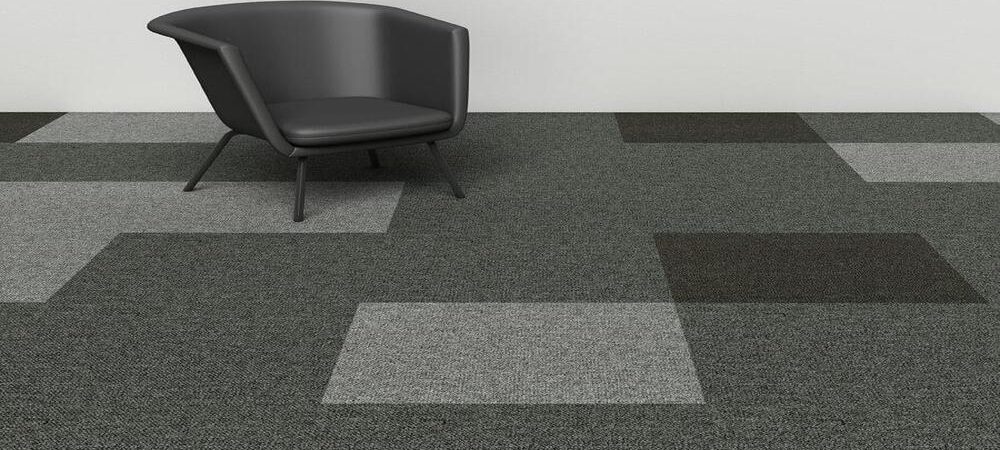Skip to content (Press Enter)
- Loop pile carpet: this carpet is made from loops of fibers that are tightly woven into the backing. It is durable and stain-resistant, making it ideal for high-traffic areas.
- Cut pile carpet: in this carpet, the loops are cut to create a straight, plush surface. Cut pile carpets come in different styles, including Saxony, frieze, and plush. They are comfortable to walk on and are suitable for offices that require a more luxurious look.
- Berber carpet: Berber carpets are made of tightly woven loops that give them a unique texture. They are durable, easy to clean, and ideal for high-traffic areas. Berber carpets come in different patterns, making them ideal for offices that require a more modern or traditional look.
- Carpet tiles: carpet tiles are small, individual pieces of carpet that can be arranged in different patterns to create unique designs. They are easy to install, replace, and maintain. Carpet tiles are ideal for offices that require a more flexible flooring solution.
Considerations before choosing an office carpet
- Durability: office carpets should be able to withstand heavy traffic and regular wear and tear. Look for carpets made from durable materials, such as nylon or wool.
- Stain resistance: since offices are busy places, carpets are prone to spills and stains. Consider a carpet that is treated with a stain-resistant coating to make cleaning easier.
- Color and design: choose a carpet that complements your office’s decor and branding. Neutral colors are versatile and can match any design, while bolder colors or patterns can add personality to your space.
- Noise reduction: office carpets can help reduce noise levels in the workplace by absorbing sound. Consider choosing a carpet with a high noise reduction coefficient (NRC) rating.
- Ease of maintenance: regular maintenance is necessary to keep office carpets looking clean and fresh. Consider a carpet that is easy to vacuum and clean.
- Budget: determine your budget before choosing an office carpet. Carpets can range in price, so it’s important to find one that fits within your budget without compromising quality.
Cleaning and maintenance tips for office carpets
- Vacuum regularly: Regular vacuuming is essential to remove dirt and debris that can damage the carpet fibers. Vacuum high-traffic areas daily and other areas at least once or twice a week.
- Spot cleaning: Accidents happen, and spills should be cleaned up immediately to prevent staining. Use a clean cloth and blot the stain instead of rubbing it, which can cause it to spread.
- Deep cleaning: It’s important to deep clean your office carpets every 6-12 months to remove embedded dirt and grime. You can use a professional carpet cleaning service or rent a carpet cleaner and do it yourself.
- Protect your carpets: Use protective mats in high-traffic areas and around entrances to prevent dirt and debris from being tracked onto the carpets. Encourage employees to remove their shoes when entering the office to further protect the carpets.
- Address odors: Carpets can trap odors, so it’s important to address any unpleasant smells promptly. Use a commercial odor eliminator or baking soda to absorb the smell, and consider using a carpet deodorizer to keep carpets smelling fresh.


